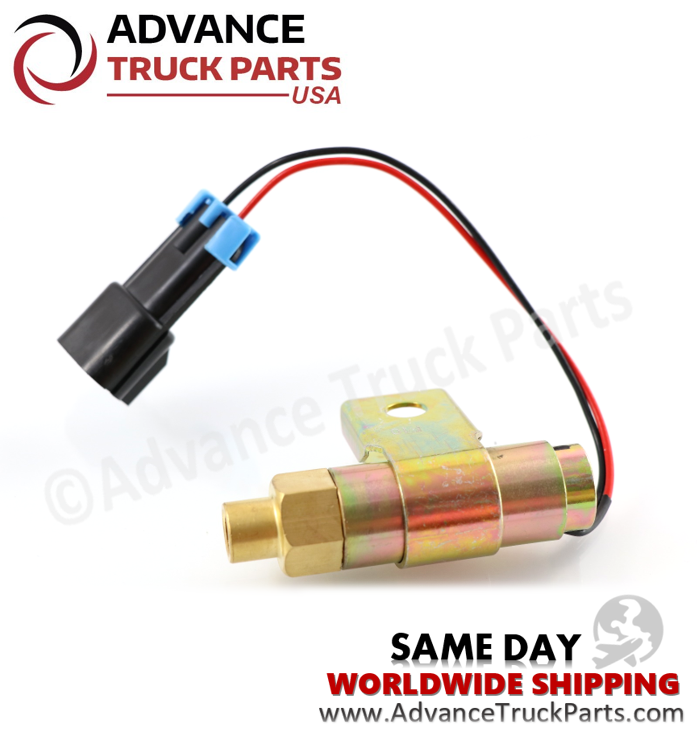
In addition, external starter relays tend to have easy access for someone to tap in a fuseable link to a stereo amplifier. There are wires from the external starter relay to the starter motor, which can create additional heat if the wire size is incorrect. The external starter relay works the same as the internal starter relay however, there is more resistance applied to the circuits. This type of starter relay has power directly from the battery and key operation from the start position.

They are usually mounted above a fender or on the firewall of a vehicle. Most of the time, when a starter motor fails, it is usually the starter motor relay and not the armature or gear that goes bad.Įxternal starter relays are separate from the starter motor. The relay is the switch mounted on the outside of the starter motor housing with its own case. Internal starter relays are built within a starter motor.

There are two types of starter relays: internal starter relays and external starter relays. If it fails, the ignition makes no sound when the ignition key is turned. Because it contains moving parts, the starter relay itself can also fail over time. When this happens, an audible clicking noise is typically heard when the ignition key is turned. Insufficiently charged batteries, corroded connections, and damaged battery cables can all prevent the starter relay from receiving enough power to operate correctly. To ensure the starter relay functions properly, it must receive sufficient power from the battery. In a starter relay, when a key is turned in the car ignition, the movement of the armature closes the pair of heavy contacts that serve as the bridge between the battery and the starter motor. When the current is switched off, the armature contracts. When a current passes through the coil of a relay, the armature moves to increase the flux. In numerous vehicles the solenoid additionally connects with the starter pinion with the ring gear of the engine.Īll start relays are simple electromagnets consisting of a coil and a spring-loaded iron armature. Its capacity is indistinguishable from that of a transistor except that it utilizes an electromagnetic solenoid instead of semiconductor to play out the exchanging.

A starter relay, commonly known as a starter solenoid, is the part of a vehicle which switches a huge electric current to the starter motor, in light of a little control current, and which in turn sets the engine in motion.


 0 kommentar(er)
0 kommentar(er)
